Nazis were gaining an ever-tighter grip on the people of Germany.
Tales of their foreign atrocities and the evidence of the tyranny that the German people were now living under became clear.
As these events unfolded, more and more German citizens began to realize the horror of their situation.
Frankly, not many Germans saw the bigger picture — but there were some, and among them, the White Rose.
Budding of the White Rose
Hans and Sophie Scholl were enamored with Naziism and Hitler when they were young. Everything about it was fresh and exciting, and they soon fell for the lies.
What shook them back to reality were the nightly dinner conversations with their father, a man who could see Naziism for what it truly was.
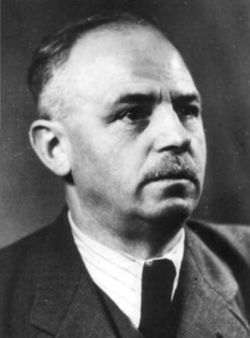
A brief stint on the eastern front provided Hans with further evidence that Hitler was abominable. After both hearing about and witnessing the Holocaust first-hand, watching the murder of Polish Jews, he had had enough.
Upon his return to Germany, Hans began secretly disseminating anti-Hitler/anti-Nazi pamphlets.
Others soon joined in his efforts, with the core group consisting of Alexander Schmorell, Willi Graf, Christoph Probst, Kurt Huber, and his sister, Sophie Scholl.
They would be known as the White Rose.
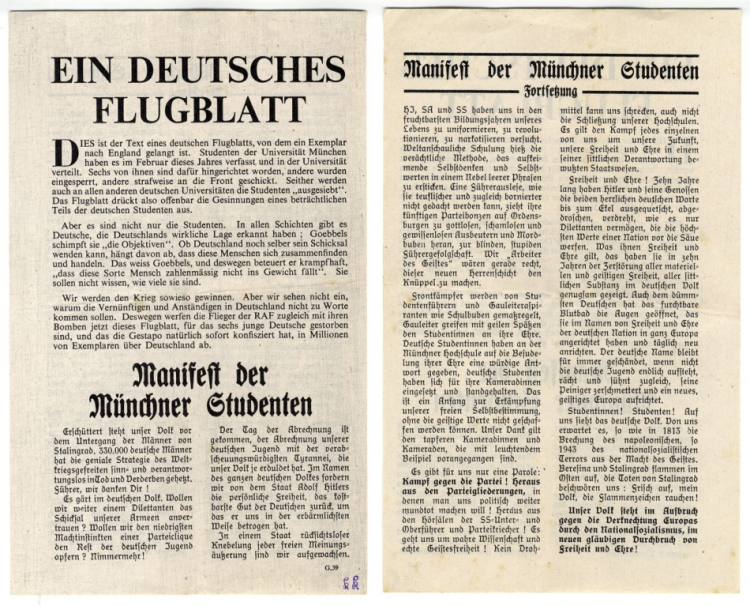
Initially, the pamphlets were randomly delivered to addresses picked out of a phone book. Soon, the homes of friends and professors soon found anonymously provided leaflets in their mailboxes as well.
Typewriters were used to conduct the initial leaflet, and then mimeographs were used to copy them by the thousands.
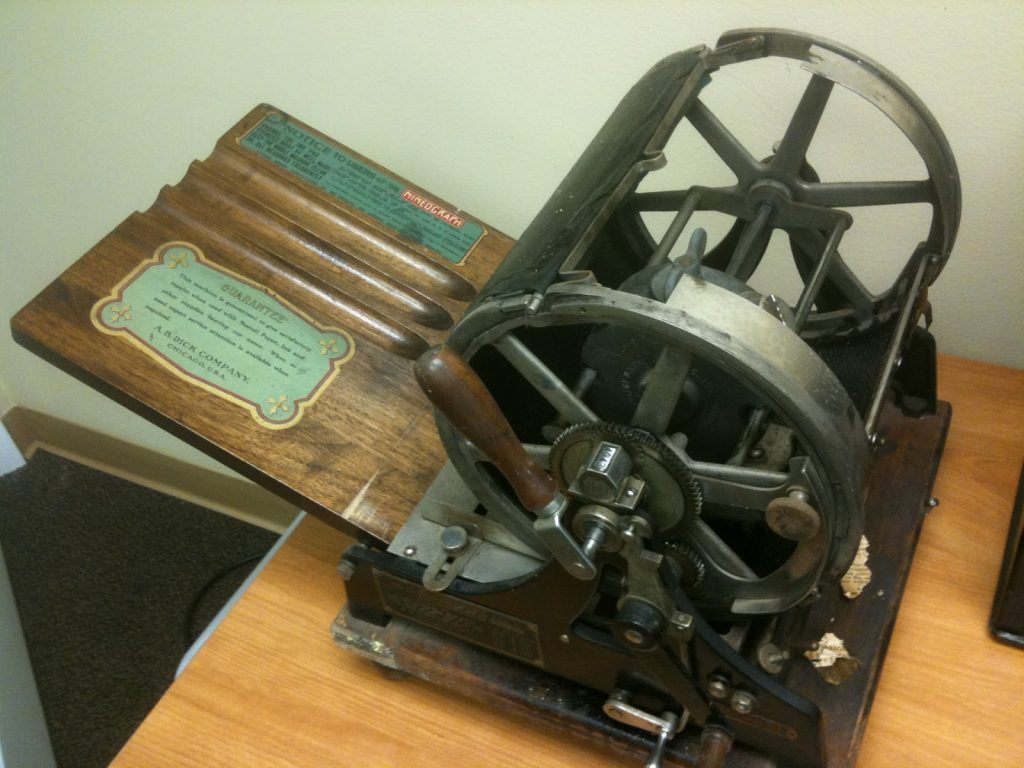
The Gestapo began a furious hunt for The White Rose throughout Germany, terrified at the mark of internal dissent that it insinuated.
Virtually everything at the time was heavily rationed, and anybody purchasing what would be deemed as unusual amounts of anything would be tagged for interrogation. As a result, the White Rose had to be exceptionally careful with how it sourced its paper and ink.
The Capturing of the Group
After disseminating the sixth version of the pamphlet at the University of Munich, Sophie Scholl inexplicably showered a large number of pamphlets down a stairwell with the hopes that students exiting classes at all levels of the building would pick them up.
A janitor saw the pamphlets raining down and quickly caught the Scholls. Being a fanatical Nazi himself, he had them arrested.
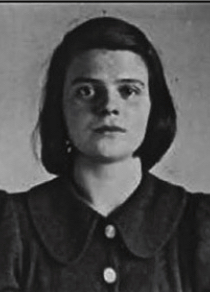
Hans was caught with a draft for his next pamphlet in his pocket – one which also implicated Christoph Probst. The rest of The White Rose was arrested not long afterward.
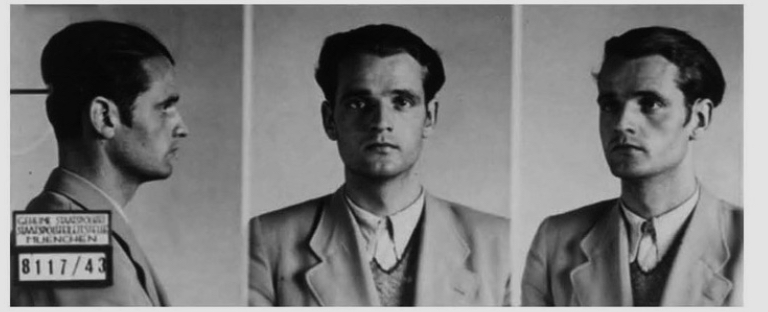
Silencing the Voice of Freedom
Nazi judge Roland Freisler condemned them all to beheading via guillotine after lambasting Hans and Sophie for some time in the courtroom.
When the Scholls’ mother heard about the trial, she attempted to break past the guards but was refused and told that she “should have raised them better.”
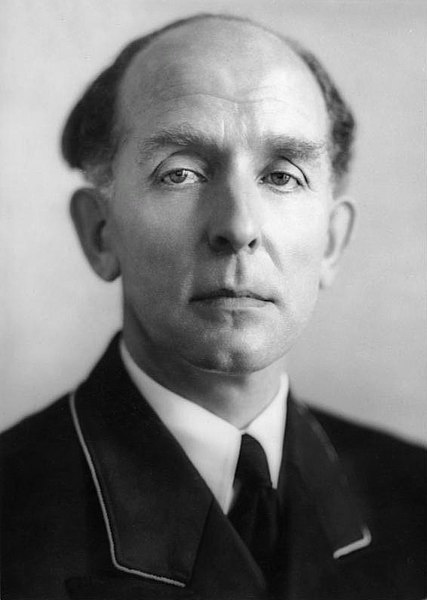
Mr. Scholl was more successful in his efforts, bursting past the guards into the trial, only to be manhandled by several Nazis.
On his way out, he would bellow, “One day there will be another kind of justice! One day they will go down in history!”
The White Rose resistance group was executed soon after the trial.
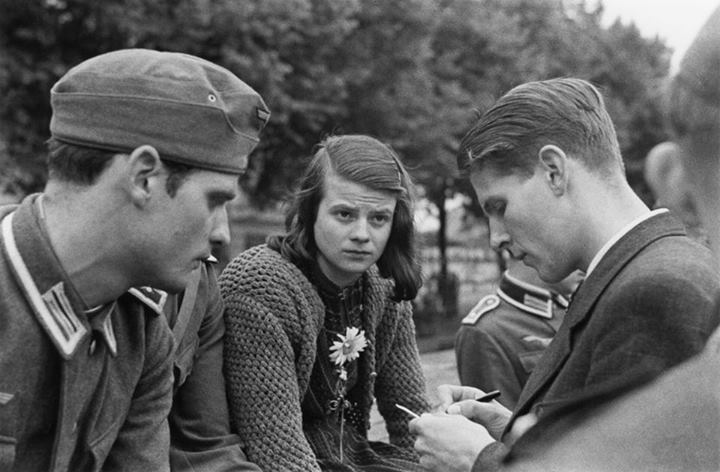
Hans Scholl’s last words?
A tremendous shout — “Long live freedom!”
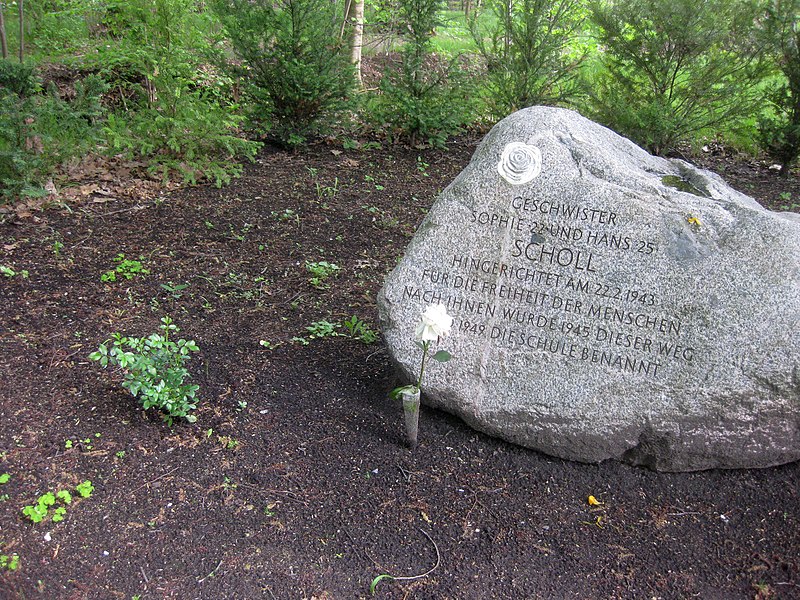
You can learn more about The White Rose in Hans and Sophie’s older sister’s book, Inge Scholl’s The White Rose.
This is a new style of article for Pew Pew Tactical, if you liked it — let us know in the comments! If you didn’t enjoy it…well phooey. To catch up on previous Pictures from History, click on over to our History Category.

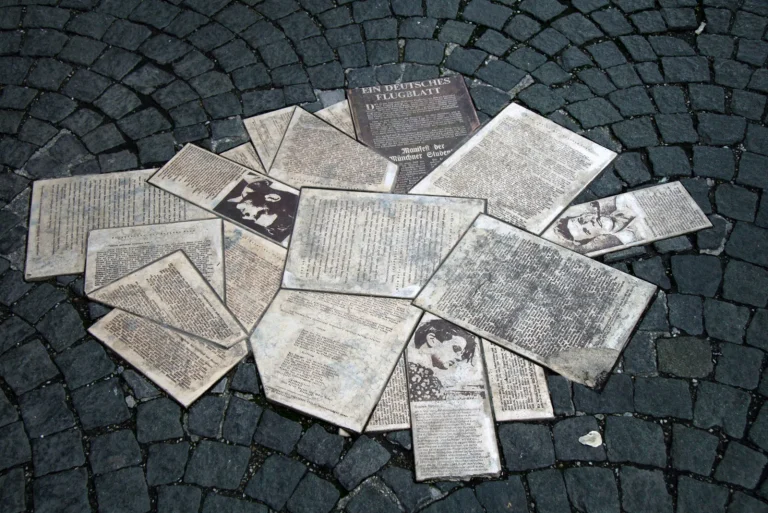
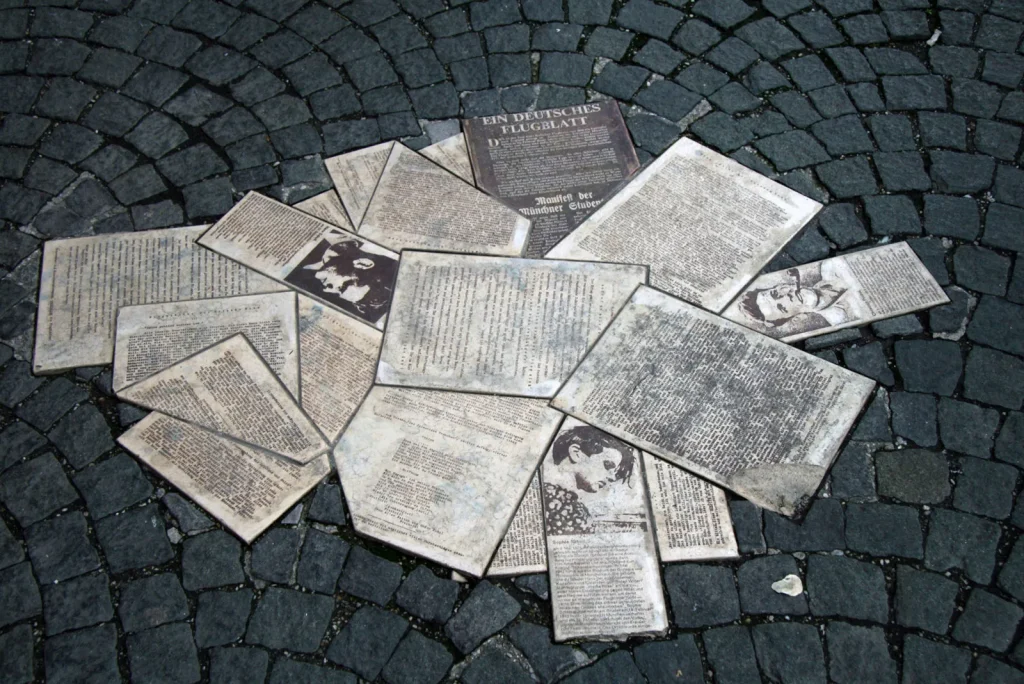







5 Leave a Reply
Powerful story. Please publish more about the topic.
Wonderful story, thank you. Hans Scholl sounds like Germany's version of Nathan Hale.
Since the White Rose Society started in Academia among students and a Professor at the University of Munich, I'd be surprised if there was any but a trace of Communist leanings in the group. By the time the war broke out, Academics had been thoroughly purged by the Nazis, of anyone espoucing Communism. The Society was very influenced by Catholic Teachings, especially Bishop August Von Grafin, St.Augustine and St. John Newman, though only two of the members were devout Catholics, the others came from Protestant denominations. Their main influences were Theologists, Moralists and Philosophists of the 19th and early 20th centuries.
So from what you've said, this "forward" was rewritten in the 1983 edition? I'll have to check it out, and send it to a friend who has the original book from 1952 and get his take (It's in German, which I can't interpret, as I'm not fluent at all only having 2 years in high school a long time ago).
It will be interesting to compare the two forwards.
Thanks for the heads up.
Be wary of this topic. It has been twisted but what hasn’t? Have you seen the 1983 edition of the book in which the foreword compares Ronald Reagan to Hitler. Remarkable. The forewordist is actually mistaken or, more likely, wrongheaded. Communism was the great evil of the 20th century. In Spain, in Vietnam, and in Soviet Russia.
Also, don't forget the Edelweiss Pirates!